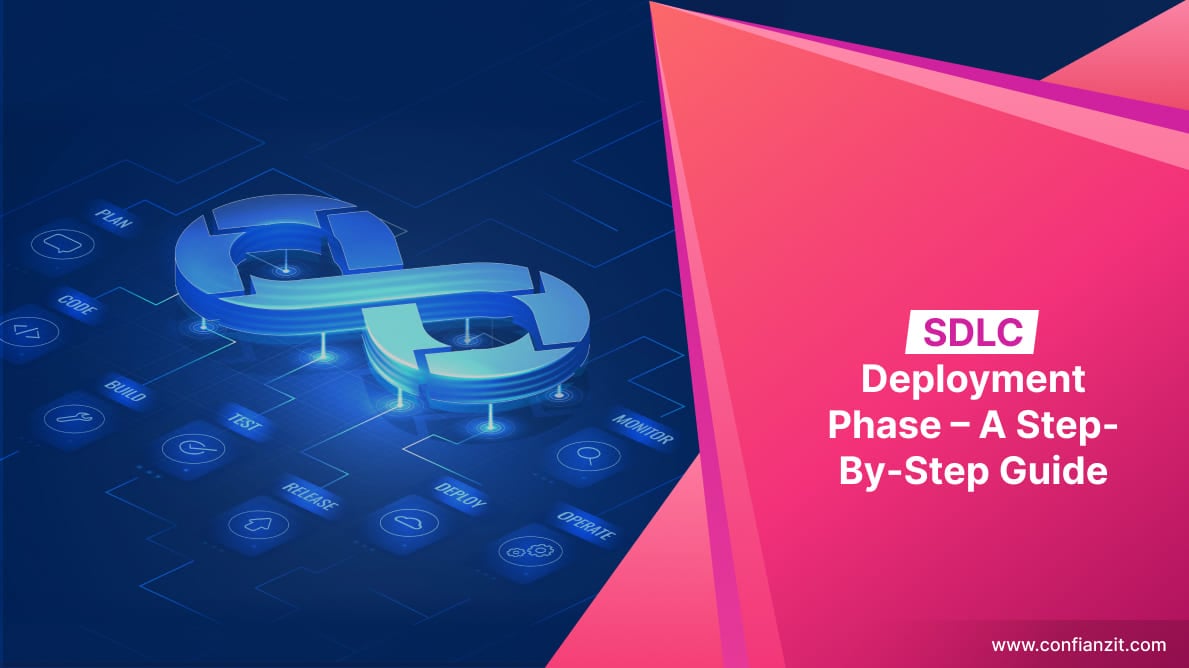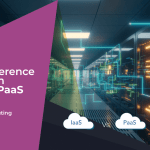The deployment phase of the software development life cycle (SDLC) is one of the most critical. A solid deployment process is essential as it can significantly impact your business’s operations.
In this article, we’ll go in-depth about this key phase and how you can ensure software success.
What is the Deployment Phase?
During the deployment phase, developers ensure that software is ready and available for use on a target device.
In other words, it is when your app or software officially goes live to your end users. It is also commonly referred to as application deployment.
This phase can be manual or automated regarding operations such as distributing software updates, patches, and other necessary actions.
Software Release vs. Deployment
Many people use software release and software deployment interchangeably because they happen at the same time. While they’re related, they serve two distinct purposes.
Software release is part of the application development process. It involves creating a specific, updated code that adds functionality, bug fixes, or security patches. This set of changes is visible to all users.
In contrast, software deployment is the process of making software work on a target device, meaning specific features or additions may not work for all users once deployed. Instead, it helps in the rollout of an application of a particular type of device. Developers can produce changes to the software that are only visible to selected users.
The Software Deployment Process

Each company has specific ways of handling software deployment. However, we can break it down into three main components: preparation, testing, and deployment. Let’s take a closer look at each of these phases of the overall software deployment process.
Preparation
This phase is critical for developers to ensure the correct code gets rolled out during deployment. During this phase, developers gather the code that will be deployed, including libraries, configuration files, and resources.
Testing
Next, the software needs to undergo a thoroughly testing phase before it can go live to the end user. In this phase, developers deploy the software to a test server, where it will go through a series of pre-configured, automated tests. They will check the results and fix any bugs or errors that are present. This phase will happen continuously until developers are confident that they have fixed all the bugs and errors present in the software.
Deployment
Once testing is done and all errors are fixed, the software is ready to be deployed into a live environment. But that doesn’t mean a developer’s job is over. At this point, developers need to remain vigilant and monitor the software so they can quickly fix any bugs or errors found on the live server.
Importance of the Deployment Phase
Software deployment is one of the most important phases in the SDLC. With a streamlined process in place, your company can enjoy many critical benefits, such as:
- Save time. Automated processes can deploy software in hours without human intervention.
- Improved internal efficiency and operations. This is thanks to internet of things (IoT) integration and customized software solutions.
- Effective big data management. Lets you analyze and collect large volumes of data via an organized dashboard.
- Better security. A structured deployment process is more secure than downloading and updating software on every system.
Deployment strategies
There are many different types of deployment strategies you can implement. Here are the six common types companies use.
Basic Deployment
Basic deployment updates all the target environments at the same time. Although it is quick and cost-effective, it is completed in a non-controlled manner, making it vulnerable and risky.
Rolling Deployment
Rolling deployment is a slow and gradual updating of applications. It provides flexibility as it scales up the new version before it scales down the old version, resulting in no downtime.
Blue/Green Deployment
Blue/Green deployment involves two versions of the software – the current version (blue) and the new version (green) – but only one is live at a time. The blue version continues to go live while developers test the green version. Once the new version is ready to deploy, you can redirect traffic from the blue to the green. While it’s less risky, it’s more expensive because you have to cover two environments.
Canary Deployment
Canary deployment is when you release application updates in small increments instead of sending them to every single user simultaneously. With canary deployment, updates are initially rolled out to a small percentage of users. Then, the number of users gradually increases until 100% of users finally get the update. While it can be time-consuming, this is the least risky deployment strategy out of the ones we discuss here because it allows developers to test it on a small sample group before everyone gets it.
A/B Testing
A/B Testing is similar to canary deployment. It involves testing new software functionality for a small set of users and then gathering and analyzing data that can be used to make even further enhancements or improvements. However, it is not the same as canary deployment. Instead, it’s a strategy that is better suited for testing than deployment because it can help developers figure out which version has a higher conversion rate.
Shadow Deployment
Much as the name suggests, with a shadow deployment strategy, two parallel versions of the software are released. That means incoming requests from the current version also go to the newer version. Shadow deployment aims to test the production load and meet performance requirements.
Best Practices for Software Deployment
We’ve given you the methodology and different strategies for an efficient deployment phase. Now it’s time to put them into practice with best practices. These tips can help ensure a successful software deployment.
- Create a deployment checklist. Keep track of all your tasks and objectives to ensure you’re not missing any steps. Make it easily accessible for all team members so everyone is working from the same page.
- Adopt continuous delivery (CD). Continuous delivery ensures that it’s fast to make code changes before deployment.
- Track deployment metrics. You will never know how successful deployment is without tracking key metrics. Have a system to identify and track target metrics and make it easy to share with all stakeholders.
- Keep separate clusters. We recommend having two clusters: one for production and one for non-production. This can keep things more secure and organized.
Time to Roll Out
A smooth and streamlined deployment process helps your organization save time and increase efficiency, leading to the successful delivery of your software. In addition, if any fixes need to be made, you’ll have a quick, organized way to update the application. You not only set your team up for success but also the customers who use it.
So, now it’s time to deploy your software! If you need help along the way, Confianz can help you successfully roll out your software to your customers. We specialize in creating custom software applications tailored to your specific business needs. Whether you require web or mobile application development, we’re here to assist your organization. Our team of experts has extensive experience in developing custom ERP software (Odoo ERP/Acumatica Cloud ERP), mobile, and web applications for a wide range of industries.
If you’re seeking to hire a developer in the USA or India for your passion project, search no further than Confianz! We offer dedicated developers for hire to assist you in making your dream project a reality. Contact us to learn more.







